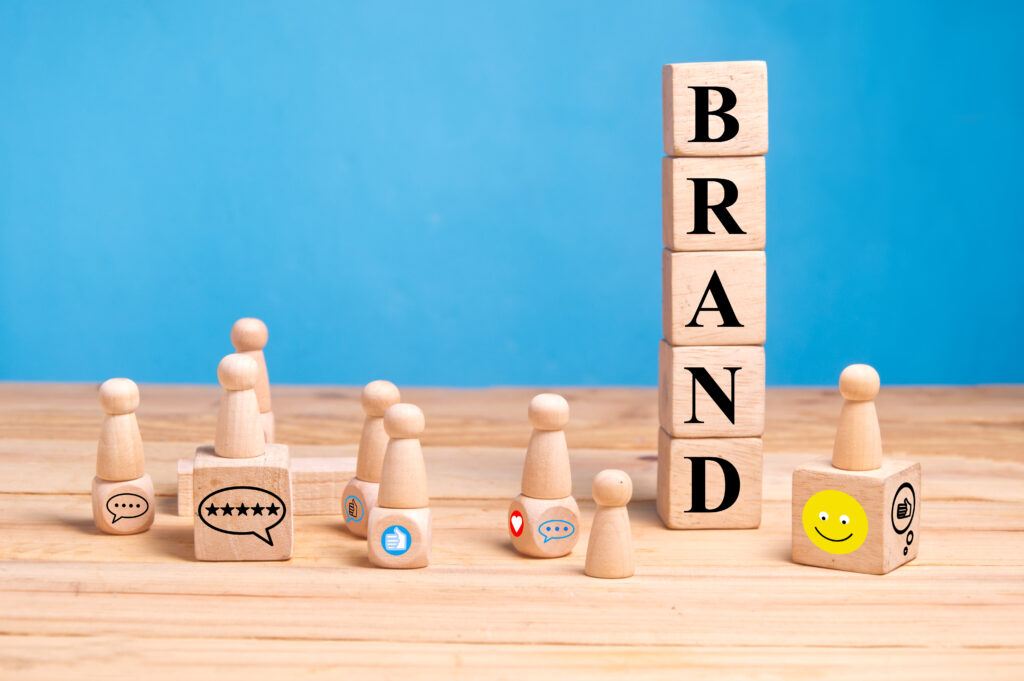“When dealing with people, remember you are not dealing with creatures of logic, but creatures of emotion. “- Dale Carnegie.
A Customer’s experience (CX) spans all interactions between a business and its customers. Companies that provide memorable CX will enjoy competitive advantages over rivals. Moreover, consumer studies have found that positive CX is directly related to purchasing decisions, customer retention, and word-of-mouth (WOM) advertising. Hence, mastering how customers interact with your business can help create happy, loyal shoppers willing to share their CX with friends, relatives, coworkers, and others. This blog identifies five critical components of the customer experience that will help retailers create an unforgettable shopping experience that leaves customers feeling valued. Let’s get started!
Customer Experience Defined
“Make a customer, not a sale.” – Katherine Barchetti, Founder, K. Barchetti Shops.
Customer experience encompasses all the interactions individuals have with a retailer at all stages of the shopping journey, even if it doesn’t lead to a purchase. The customer experience domain focuses on business-to-customer relationships (B2C). When a customer has a memorable CX, customers will return to make a repeat purchase, post positive reviews and tell friends, family, colleagues, and others, facilitating word-of-mouth advertising.
- 86% of buyers are willing to pay more for a great customer experience (SuperOffice).
- 73% of consumers say that CX is a deciding factor when purchasing (SlideShare).
- 72% of customers will share a positive experience with six or more people (SlideShare).
- 42% of customers would be okay paying more when offered a warm and friendly customer experience(SlideShare).
In contrast, poor CX can damage a retail business or brand. For instance, a bad CX increases customer attrition, reduces potential revenue growth, drives negative reviews, decreases net promoter score, and funnels business directly to competitors.
I) Customer Perception Facilitates Customer Experiences
In retail, perceptions are customers’ opinions, feelings, and beliefs about a product, brand, or shopping experience. Marketing Research has determined that four distinct stages of perception occur when a customer evaluates the utility of a retail business, product, or brand. These stages are as follows:
- Sensation: In this stage, the consumer is exposed to a product or brand marketing. The consumer engages sensory receptors via product or brand cues through sight, sound, smell, taste, and texture, forming a first impression.
- Attention: This stage occurs when the consumer takes an interest in the (marketing) messages consistent with their attitudes, beliefs, needs, and wants. Conversely, attention is withdrawn when a product’s messaging is inconsistent with the customer’s selection criteria.
- Interpretation: The consumer assigns a positive or negative meaning to what they perceive from a product or brand marketing. After that, comparisons are made with previous experiences with the brand or a similar brand. Store-brand marketing capitalizes on the interpretation stage through product packaging design, logos, colors, and other characteristics.
- Retention: The conclusion of the consumer perception process is retention. In this stage, perception generates memories of the experience. A company is successful if the memory of the experience is positive. Customers will draw from this memory and determine whether or not they should remain loyal to a brand or business.
In sum, perceptions have a profound psychological effect on purchasing decisions. Depending on how customers perceive products, services, shopping atmosphere, or the business generally will determine if they will return to the store in the future.
II) Positive CX Strengthens Emotional Connections
Emotions are a vital indicator of future purchases and consumer loyalty. Research has revealed that emotionally driven customers spend twice as much as satisfied customers. In addition, many brands today understand that positive emotional connections are often more important to customers than satisfaction. For example, in a recent two-year survey study conducted by Motista:
- 306% Customer Retention Rate for customers who had an emotional connection with a brand versus merely satisfied customers. (Motista).
- 80% of consumers feel more emotionally connected to a brand when customer service solves their problem (Motista).
The emotional connections between a customer and a brand or business drive customer loyalty, the quality of the customer journey, and repeat business.
III) Retail Atmospherics Enhances the Customer Experience
Store atmospherics are the semantic characteristics of a shopping environment used to attract customers by appealing to sensory stimuli. When the atmosphere of a store is pleasant, it helps to develop positive consumer perceptions about a brand. A study by the Journal of Marketing Studies found that:
“the probability of customers staying longer in stores increases due to atmospheric stimulus. When a consumer feels satisfied with the retail environment of the store, he spends more time in a particular store and buys more because of pleasant environmental stimuli.”
Most successful retailers use atmospherics to enhance their store environments to look and feel more appealing. For example, this can be accomplished in several different ways, such as giving the store a warm vibe by providing comfortable furniture to lounge in, a fireplace, and jazz music playing in the background, so people feel relaxed. In contrast, some stores may use modern art, popular music, and bright lights to attract a specific demographic. The setting depends on the style, feel, and theme the retailer intends to create. Lastly, research shows that store atmospherics induce pleasure, arousal responses, and emotional connections, affecting a customer’s approach or avoidance behavior towards the retailer.
IV) Knowledgeable and Accessible Employees
An effective way of delivering an exceptional CX is to ensure customer service is provided by knowledgeable staff. Further, customers are more trusting and receptive to sales associates armed with accurate information. When employees understand the products they sell, they can more effectively communicate features and value to customers, increasing the likelihood of converting sales.
- 62% of customers think that having knowledgeable employees is the third most important aspect needed for a company to provide good customer service (CommonBox)
It is also important to note that CX often reflects how employees feel about their company and work environment. Research conducted by the Institute of Business Management (IoBM) has found that satisfied employees help produce satisfied customers. For instance, happy employees approach customers with a friendly demeanor, exhibit positive work behaviors, and provide better customer service. This, in turn, creates a more satisfying and memorable CX customer experience, promoting customer loyalty and ultimately boosting profitability.
V) Seamless Customer Experience
A seamless customer experience is a customer journey without mistakes, delays, or problems. The goal of every retailer should be to remove all frustration points from the shopping experience so that experience feels smooth and almost effortless. Customers should not have to work hard to communicate with the company, interact with staff and have their needs fulfilled. The following are some tips to help simplify the CX:
- Maps the customer journey through your business
- Keep the journey simple and easy to follow
- Schedule knowledgeable staff at appropriate times & levels
- Empower employees to make customer service decisions & solve problems
- Eliminate stress points, barriers, and lineups
- Keep your business clean and organized
- Encourage feedback from customers
In sum, a consistently positive, efficient, smooth, and enjoyable CX will lead to long-term customer loyalty.
“Retail is a customer business. You’re trying to take care of the customer—solve something for the customer. And there’s no way to learn that in the classroom or in the corner office, or away from the customer. You’ve got to be in front of the customer.” – Erik Nordstrom, President, Nordstrom Direct.
Customers are more likely to trust businesses that appeal to their emotions because it makes them more relatable. Therefore, creating an unforgettable customer experience should be a top priority for any retailer looking to make satisfied and loyal repeat shoppers. By mastering the five components of customer experience identified in this blog post, retailers can give their customers a shopping experience that will leave them feeling valued and eager to return.
Thank you for reading our article!
TimeWellScheduled is a secure online time and attendance software 100% tailored to meet your scheduling needs! In addition, TimeWellScheduled facilitates employee attendance tracking & payroll tasks and enhances staff management capabilities. Plus, our service is free for up to 10 employees!
Click: here to download our (Excel) employee scheduling template; IT’S FREE!






